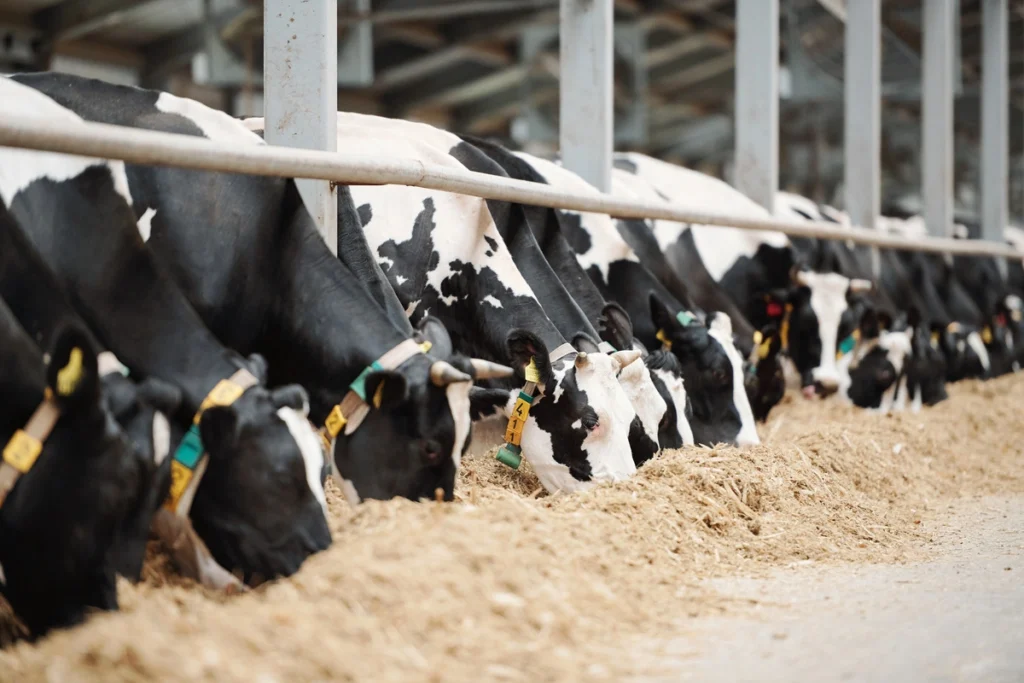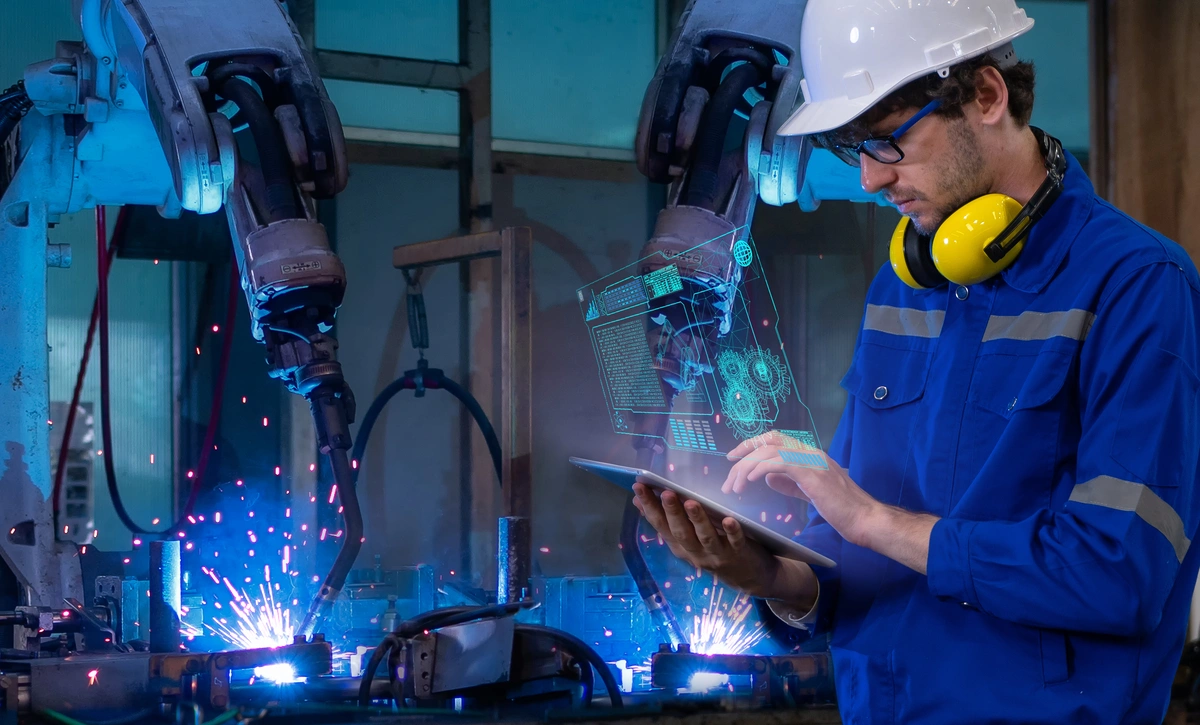You enter the production hall. Suddenly, something stops working as planned. The operator starts running from machine to machine, checking indicators. But what if there was an easier way?
What is a SCADA system and why should you know it?
That’s exactly what the SCADA system is about – it’s a tool that makes firefighting on the shop floor easier. That’s why more and more plants are adopting SCADA software to better monitor production processes and react faster to any deviations from standards thanks to real-time data collection.
What’s more, this solution allows you to make better use of machine potential, increase efficiency, and reduce costs.

SCADA system – definition and application in industry
SCADA (Supervisory Control and Data Acquisition) is advanced software that lets you see your entire production and find answers to questions like:
What is happening on each machine? – what are the indicators for temperature, pressure, rotational speed, and so on.
What does the entire production process look like? – with clear diagrams and charts, you can draw conclusions about the state of production; you don’t need to read extensive and complex reports – one glance at the dashboard is enough.
Where is the problem? – the SCADA system will tell you when something is going wrong and even suggest possible solutions.
How can you control everything remotely? – you don’t have to run across the shop floor to react to deviations from standards.
In summary, it can be said that SCADA not only allows you to monitor and control production processes in real time but also to collect data for further analysis and optimization.

Are you wondering how you can optimize production?
Contact us and book a free 360 Workshop, and we will help you discover what is causing waste in your company.
Main functions of a SCADA software – more than just process monitoring
Can you manage production without SCADA systems? Of course, but is it worth giving up the chance for faster, safer, and more efficient operation of your industrial plant?
The SCADA software dashboard can be compared to an airplane cockpit – the operator has all key indicators in front of them, reacts in real time, and makes decisions before a problem grows into a full-blown failure. What are the most important capabilities of a SCADA system?
Monitoring production processes
SCADA software connects with sensors and PLC controllers, ensuring that data from production lines reaches the operator in real time. Every change in temperature, pressure, or speed is visible immediately, which in turn allows for a quick response.
Data visualization
Interactive charts, tabular summaries, and animations make it easier to detect irregularities in machine operation. Thanks to this, those responsible for maintenance can see exactly where in the process the problem has occurred.
Alarming and archiving
Imagine a thief breaking into your home. When would you want to be informed: the moment the intruder touches the door handle or only when they’ve already caused you massive losses? Isn’t it the same with production? It’s far better to know about irregularities as soon as they appear rather than after the first pallet leaves the warehouse. That’s why SCADA generates notifications immediately when parameters exceed defined thresholds. At the same time, it collects historical data – a treasure trove of knowledge that helps analyze trends, plan preventive maintenance, and make investment decisions.
Remote control
Walking across the production hall certainly delays reaction times and prolongs the process of fixing malfunctions. Fortunately, with SCADA, operators can change machine settings and optimize process parameters without being physically present on the shop floor. This saves time and increases safety, especially in challenging working conditions.
Thanks to such functions, the SCADA system becomes the central point of production management, supporting both the daily work of operators and the long-term development strategy of the plant.

Benefits of implementing a SCADA system – why is it worth it?
Implementing a SCADA software is a step that translates into real improvements in the daily operation of a plant. SCADA not only monitors processes but becomes the command center of the entire production. Here’s what you gain by investing in this solution:
Real-time production control
You have full insight into what’s happening on the production floor. SCADA enables an immediate response to changing parameters and even remote control of devices.
Process optimization and greater efficiency
By analyzing real-time data, you can quickly detect bottlenecks and make changes that increase the efficiency of the entire line. It’s like having an intelligent assistant overseeing every stage of production.
Support for predictive maintenance
The system records historical data and supports trend analysis, allowing you to schedule maintenance before a breakdown occurs. This reduces the number of unplanned downtime events and increases the reliability of your equipment.
Calculation of OEE, MTBF, and MTTR indicators
SCADA automatically calculates key production efficiency indicators. This makes it easier to assess which areas need optimization and which are already performing excellently.
In practice, this means:
Increased production efficiency – process optimization shortens downtime and increases the number of finished products.
Better product quality – constant parameter control minimizes errors and waste.
Lower operating costs – reduced energy and material usage thanks to precise monitoring.
Higher process safety – fast alarms allow immediate response to irregularities.
Full production insight – data collected in real time and historical reports.
The SCADA system is not just another IT tool – it’s an investment in the company of tomorrow.
The SCADA system is a proven way to improve productivity, quality, and safety in production. With it, you have full control over processes and can make decisions based on reliable data.
Read the explitia blog









